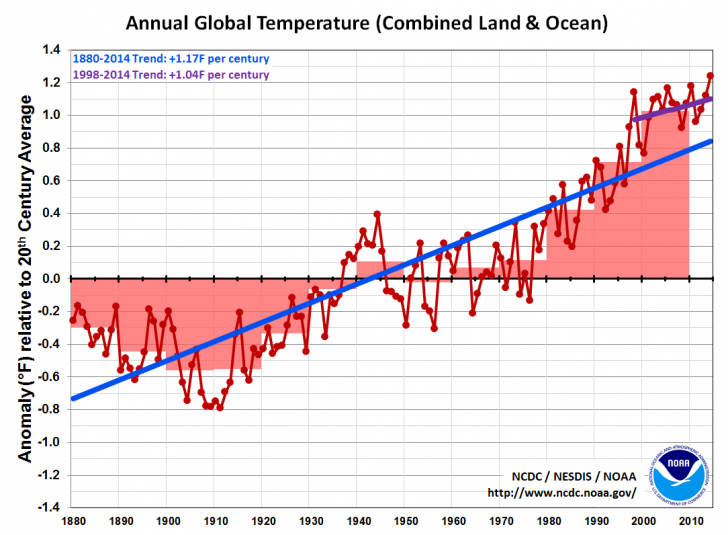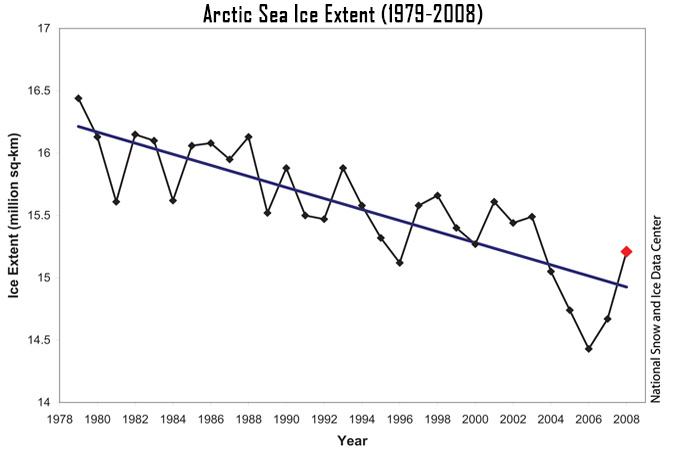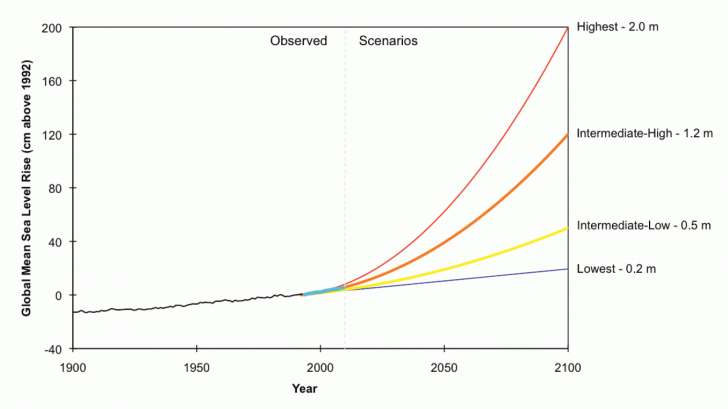According to a Yale poll, 71% of the American believe that global warming is real. 48% agree that there is a large consensus among the climate scientists on global warming. And 40% believe global warming is still a subject of significant scientific disagreement.
Evidence of Climate Change
A stream of evidences from climate scientists and relevant scientific organizations prove that climate change is real. The global scientific community has stated numerous times that anthropogenic climate change is not a myth.

The Intergovernmental Panel on Climate Change (IPCC) states that
Warming of the climate system is unequivocal, as is now evident from observations of increases in global average air and ocean temperatures, widespread melting of snow and ice and rising global average sea level.
American Physical Society stated in 2007 that
The evidence is incontrovertible: Global warming is occurring. If no mitigating actions are taken, significant disruptions in the Earth’s physical and ecological systems, social systems, security and human health are likely to occur.
The Crop Science Society of America, the Soil Science Society of America, and the American Society of Agronomy jointly stated that
A comprehensive body of scientific evidence indicates beyond reasonable doubt that global climate change is now occurring and that its manifestations threaten the stability of societies as well as natural and managed ecosystems. Increases in ambient temperatures and changes in related processes are directly linked to rising anthropogenic greenhouse gas (GHG) concentrations in the atmosphere.
Despite evidences, many people still believe that climate change is a topic of scientific disagreement. Thus, there is an urgency for the general public to know about the seriousness of anthropogenic climate change.
The Global Temperature
Over the last century, the average global temperature saw an increase of 1.4⁰F.
According to IPCC, the global surface temperature of 11 years out of 12, from 1995 to 2006, ranked among the warmest years on record since 1850. Also, the linear temperature rising trend over the 50 years (1956-2005) was approximately twice that for the years 1906-2005.
It has been established that the increase in atmospheric concentration on greenhouse gases since the Industrial Era. The present atmospheric carbon dioxide concentration has reached 390 parts per million. Apart from CO2, other greenhouse components such as methane, nitrous oxide, water vapor, and ozone have also contributed to global warming.

The IPCC also states that, if the current trend of increasing atmospheric carbon dioxide continues, it could cause the global temperature to rise by 4-8⁰F by 2100.
Melting Ice Cover
Rising temperatures have resulted in warming of the Arctic ice and glaciers. The IPCC has high confidence that the sea ice in the Arctic has been decreasing. The Arctic sea ice has decreased by 3-4% per decade since 1978, especially during summers.
Terrestrial glaciers around the world have decreased in size and will continue to melt. Thus, it is likely that the Antarctic sea ice extent has increased since then.

Rising Sea Levels
Sea levels are rising due to the rise in global temperature. The global average sea level increased at a rate of 3.1mm per year in the decade 1993-2003. Since the 1970s, melting glaciers and thermal expansion has contributed to 75% of the global average sea level.
Moreover, the Synthesis Report by the IPCC suggests the sea level rose by 19 cm over the years from 1901 to 2010. Also, the rate of rise in sea levels since the mid – 1800s has been higher than the average rate during the past two millennia.

Glaciers have been melting worldwide and contributing to rising sea levels. The rate of melting of the Greenland ice sheet has greatly increased over the years from 1992 to 2011.
